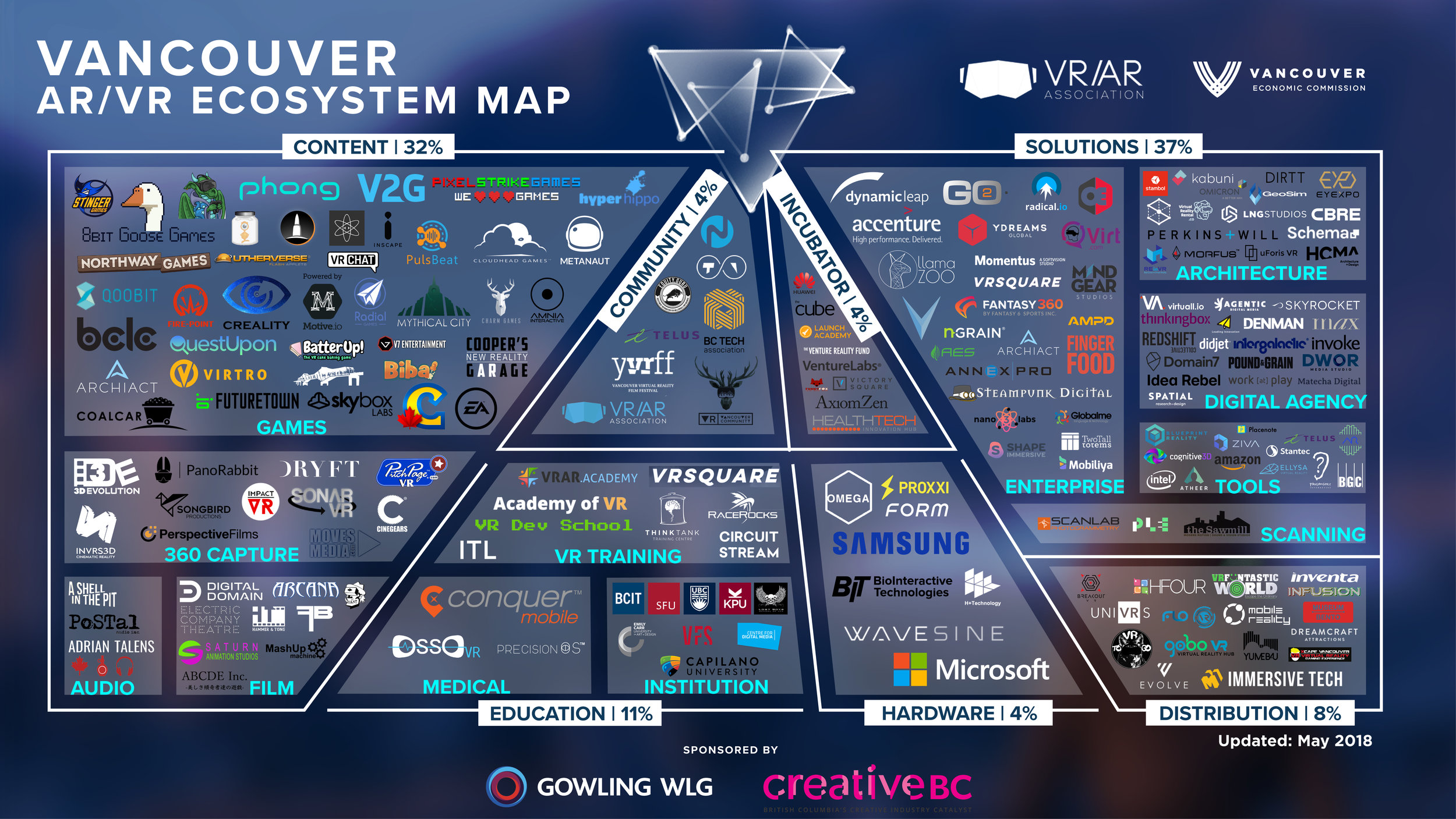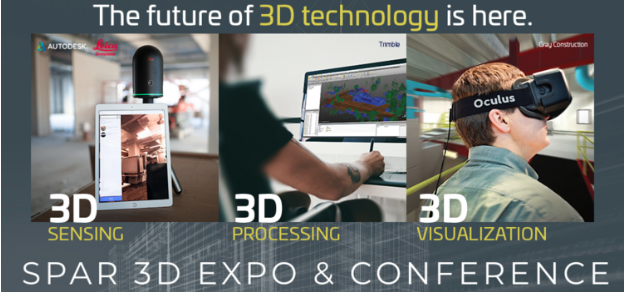It’s easy for consumers to shop online for products and services they already know, but much commerce is still offline because people want to “try before they buy.” New technologies have emerged to close the gap, but whether consumers will be able to enjoy them depends on public policy.
Augmented Reality (AR) and Virtual Reality (VR) are two of the technologies which can become mainstream, extending beyond just video games, with the advent of 5G, or fifth-generation mobile networks. 5G offers speeds 10 times the current 4G with more throughput and essentially no latency, or lag time. As 5G becomes more pervasive, the technologies like AR and VR will be democratized.
While many are familiar with AR and VR from the gaming experience, these technologies can help make products on a screen more real with images that can be rotated, enlarged, and experienced interactively. By holding up the phone’s camera for example, AR superimposes the desired product into the user’s view. VR personalizes the experience for the viewer, for example, by simulating a road trip so a person can buy a car without leaving home. AkzoNobel's award-winning Visualizer mobile app, downloaded some 20 million times, allows users to virtually paint living spaces in chosen colors and gives customers the freedom to experiment with colors and make confident choices before purchasing the paint.
Ecommerce could become the top industry for VR/AR applications. The retail industry already spends over $1 billion annually on VR/AR solutions, growing by 240% according to the VR/AR Association. Industry experts, like Eric Prince of Cimmerse – a startup enabling this technology for online sales of fashion, luxury goods, home décor, and fine art, are eager for 5G because of increased speeds and capacity for more information. This translates into larger augmented and virtual reality scenes, helping retailers to offer their customers a more compelling visual experience and hence close the sale.
Prince describes how 5G would work for his clients, “Imagine a product like a full-size couch in hyper detail that you can place in your room. With 5G, we will be able to provide the couch, the room and everything in it, toss in a realistic human avatar with artificial intelligence that walks into the scene and helps end user with any information needed to complete the purchase.” The VR/AR Association’s 5G Committee notes that this experience “cannot happen unless the networks that will have to support these applications can deliver the required performance, [e.g.] latency on the order of several milliseconds.”
The US generates most AR/VR revenue today, but long term economics could favor China. The Chinese Alibaba and Tencent have made massive investments in AR/VR and are in striking range of Amazon. China is well-positioned for its Asian neighbors to adopt its platforms, and the region could account for half of all global AR/VR revenue in just 5 years, according to AR/VR analyst Tim Merel. The country that wins on platforms has a lot to do with which is first to deploy generation networks, and a slowdown in 5G deployment could harm American firms.
The US was the global leader in investment and innovation in 4G mobile networks and technologies, but China now has the edge with 5G. The US fell behind because of many missteps over the last decade, particularly in the Federal Communications Commission (FCC) failing to fill the spectrum pipeline and imposing a series of misguided internet regulations which caused network investment to fall by $1 billion consecutively between 2014 to 2016.
Fortunately, the current leaders at the FCC corrected those errors in 2017, clearing the way for the US to take the lead in 5G with policies to streamline infrastructure deployment and make more spectrum available, specifically in the 3.7 GHz band later this year. These are incremental steps toward encouraging 5G deployment to help the U.S. catch up to China, but the FCC must push forward with policies that make it easier to deploy the next generation of networks nationwide by streamlining regulatory and policy frameworks that inhibit buildout. With leadership at the federal level, states and cities can follow suit and embrace new technologies that improve people’s lives and stimulate growth.
For the EU, it may be too late to come back. While it once created the leading wireless technologies and devices, the EU regulated away incentives to invest and innovate, causing their leadership in investment to plummet and erasing the foundation of mobile R&D in the region. The EU continues to discourage innovation with the heavy-handed General Data Protection Regulation (GDPR), so onerous that many companies have stopped serving the EU altogether and consumers shop less online. The U.S. should not follow this misguided path, but instead allow consumers to try new applications, technologies to compete, and the economy to flourish.
The FCC has taken steps to enact policies to streamline wireless infrastructure rollout and unlock spectrum at the federal level. Now states and municipalities must do their part to encourage investment. This matters for retailers because the US and China are in a race for the preeminence of ecommerce platforms and applications. If US app providers don’t get 5G networks fast, there won’t be a second chance to win.

























